Bike Fitting
You like riding your bike, but at times it doesn’t seem to like you when you experience:
- Discomfort
- Numbness / Tingling
- Painful Joints
- Chronic Muscle Soreness
- Injury

Bike Fit Process
Below are the high-level steps of a bike fit to give you an idea on what to expect:
- Bike is attached to a stationary trainer.
- Joint angles are measured using video analysis software while the person is riding their bike.
- Bike components (e.g. seat) are adjusted to obtain joint angle within desired range.
- A report is completed to summarize bike fit results.
- Body adapts to bike adjustments during initial rides after bike fit.
Changes may include:
- Cleat position to optimally position foot on pedal
- Shoe insoles for foot support / stability
- Joint angles, obtained by changing the bike components such as:
- Seat Height, Forward / Rearward Location, and Tilt
- Handlebar Height
- Stem Length and Angle
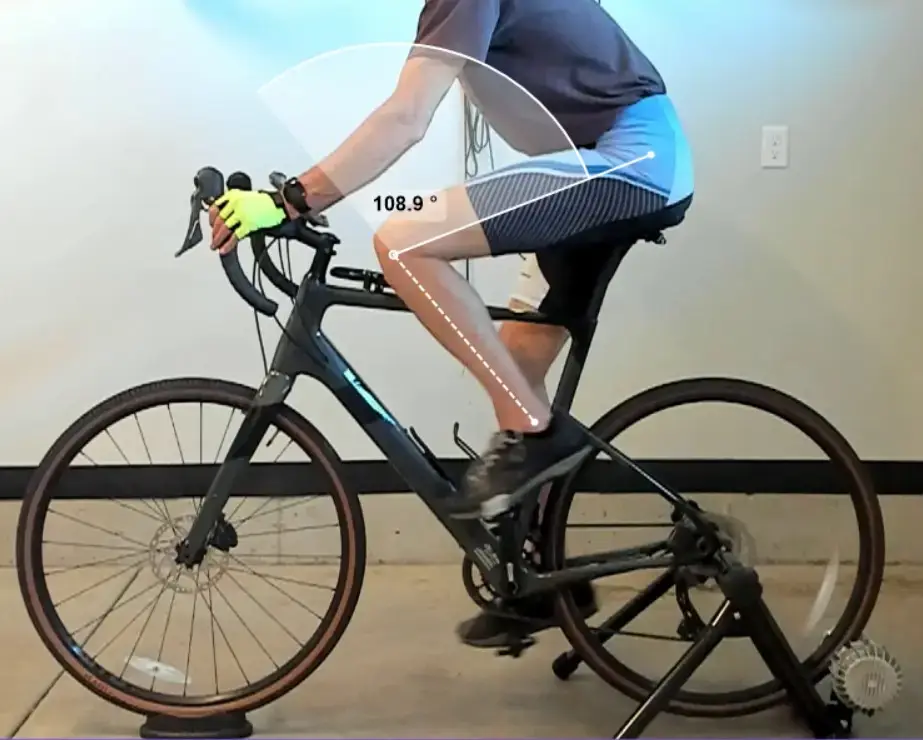
Knee Flexion Joint Angle
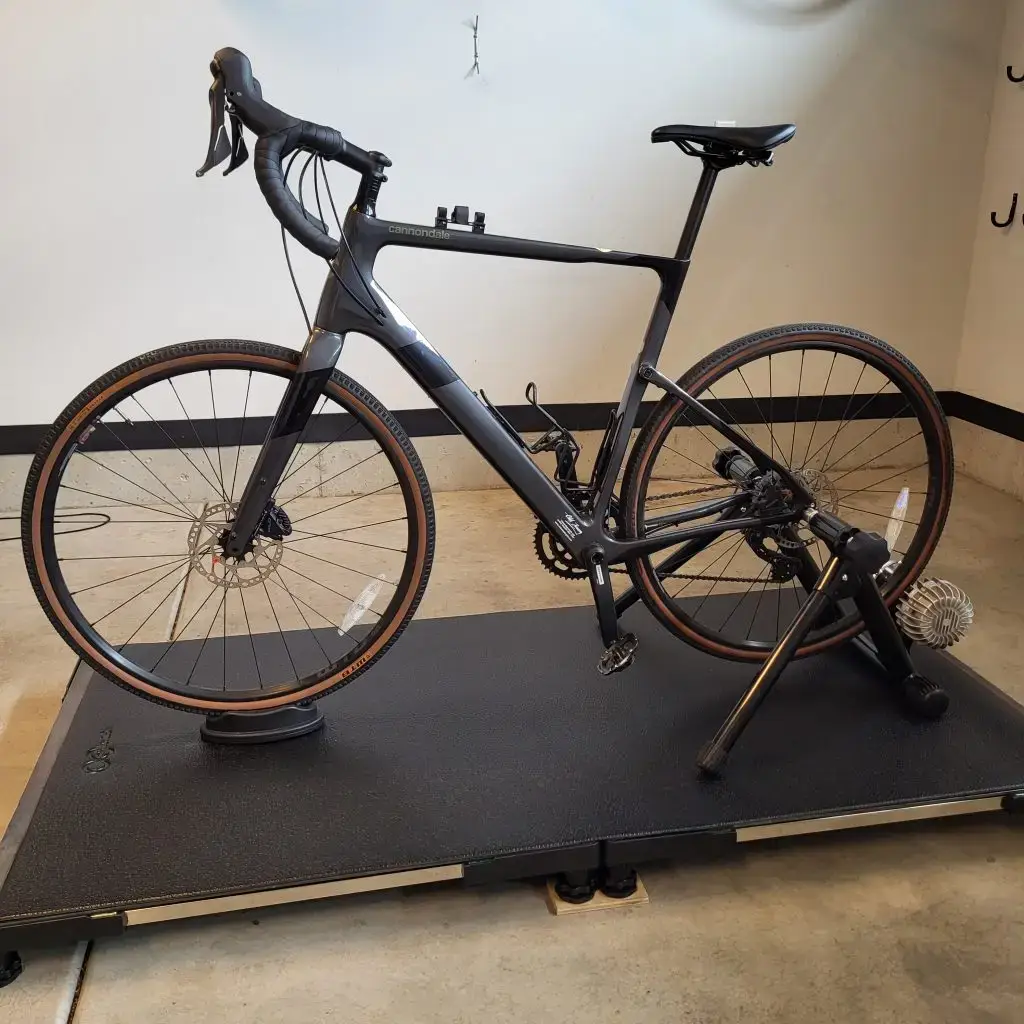
Ready for Bike Fit
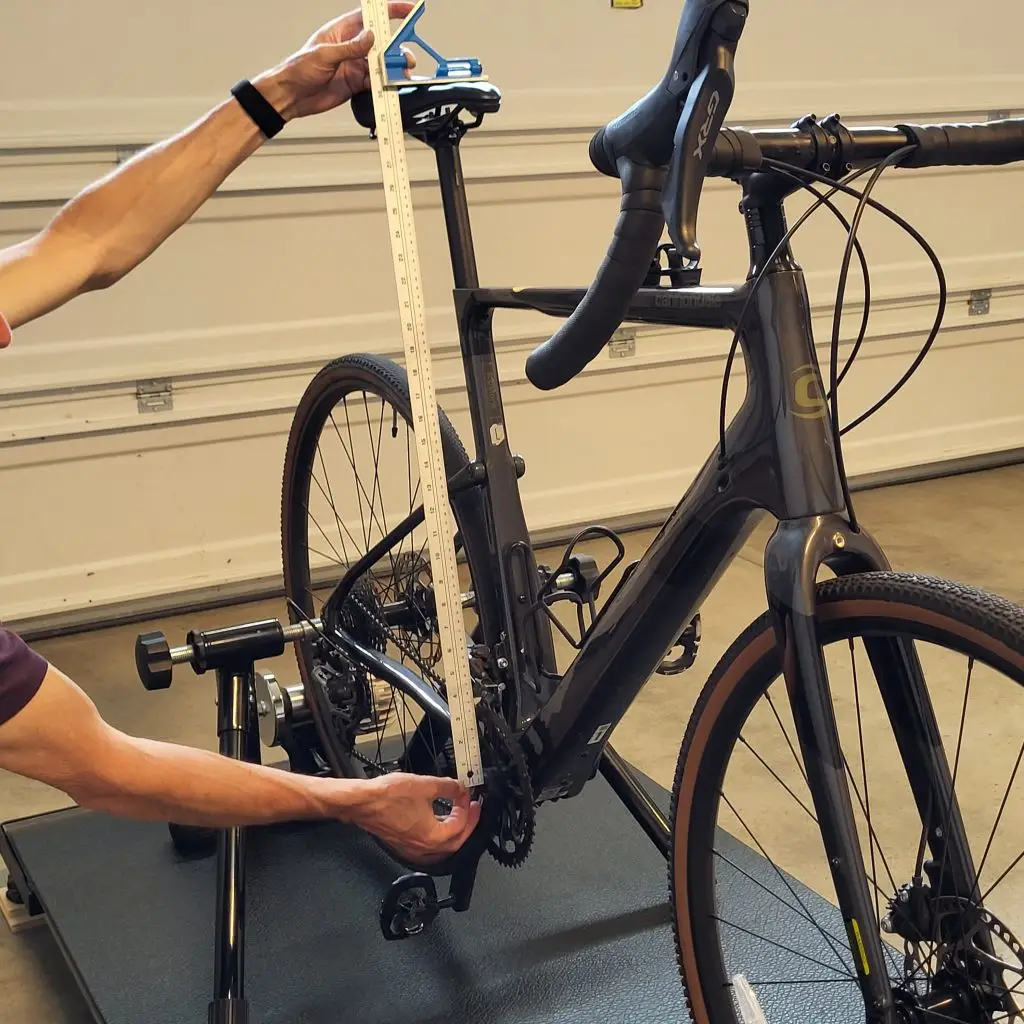
Obtaining Seat Height
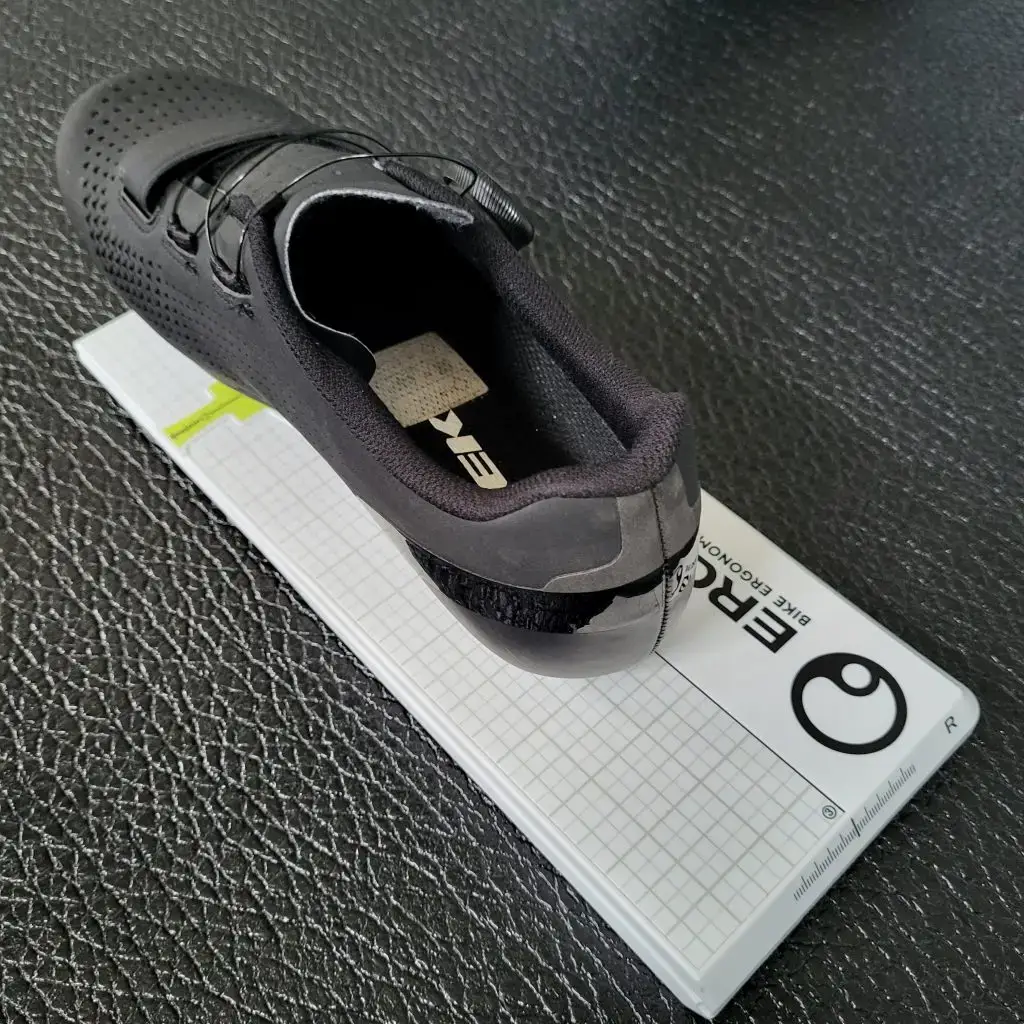
Cleat Positioning
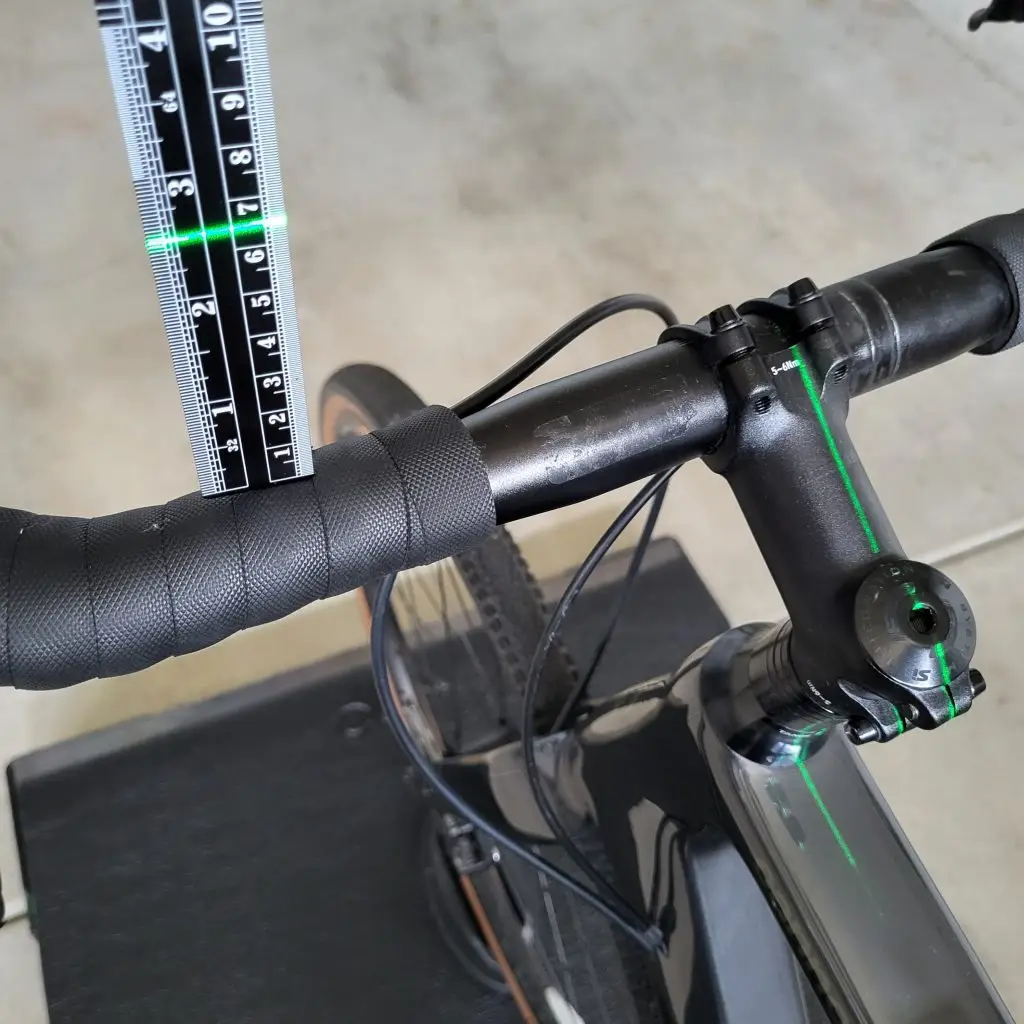
Measuring Handlebar Drop
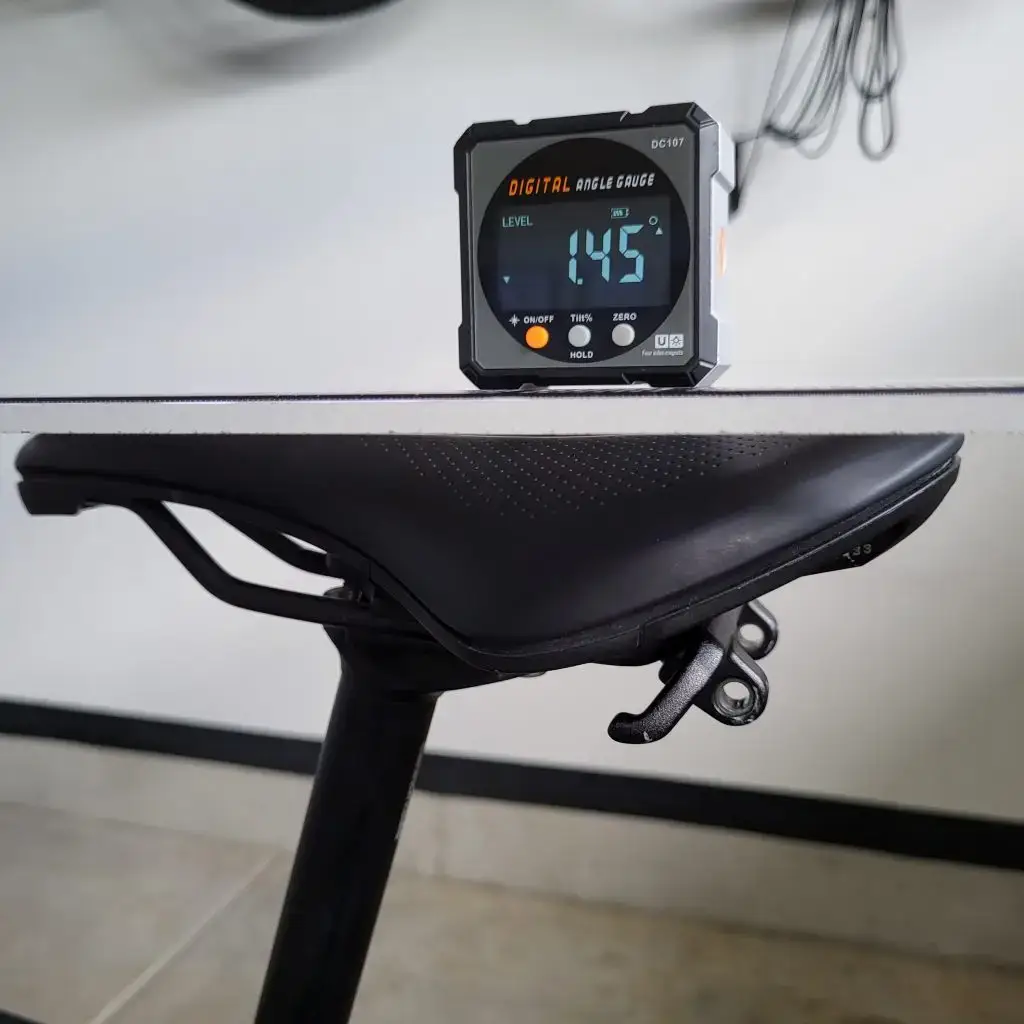
Adjusting Seat Tilt
Additional Considerations
It’s also important to recognize the following factors which increase the value of a bike fit.
- Increased flexibility and strength
- Healthy diet
- Adequate food/energy source, hydration, and electrolytes during ride
- Compensating for unique anatomical conditions (e.g. orthotics)
- Good padding in shorts and gloves, and correct foot support to improve stability
- Good riding technique
- Light grip on handlebars
- Relaxed shoulders, not rolled / hunched over
- Bend maintained in elbows
- Proper gearing / efficient cadence to avoid excessive forces on body joints
